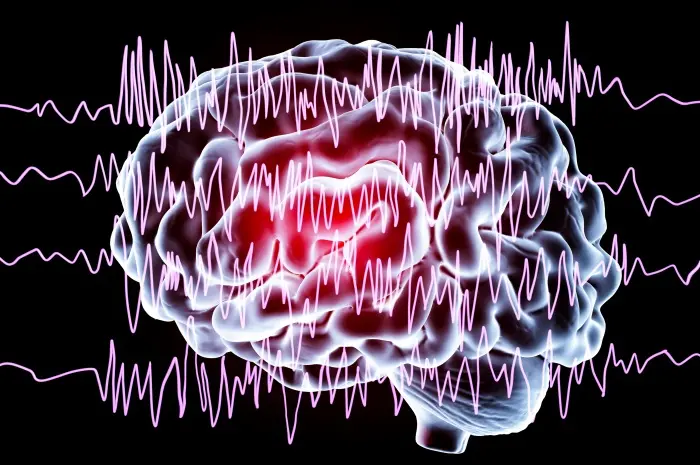Lasers, Robots, and Tiny Electrodes are Transforming Treatment of Severe Epilepsy
Epilepsy is a neurological disorder that affects millions of people worldwide. For those with severe epilepsy, traditional treatments may not always provide the relief they desperately need.
However, with advancements in medical technology, a new era in epilepsy treatment has emerged, leveraging lasers, robots, and tiny electrodes.
In this article, we will explore these cutting-edge approaches that are transforming the way severe epilepsy is managed, providing new hope and improved outcomes for patients.
Understanding Severe Epilepsy
1. What is Epilepsy?
Epilepsy is a chronic neurological disorder characterized by recurrent seizures, which are sudden bursts of electrical activity in the brain. These seizures can vary in intensity and frequency, affecting an individual’s daily life.
2. The Challenge of Severe Epilepsy
While many individuals with epilepsy respond well to conventional treatments such as medications or lifestyle adjustments, there is a subset of patients with severe epilepsy who experience debilitating seizures despite standard therapies. This group of patients faces significant challenges in managing their condition and maintaining a good quality of life.
The Role of Lasers in Epilepsy Surgery
3. Laser Ablation Surgery
Laser ablation surgery is a minimally invasive procedure that uses precisely focused lasers to target and destroy abnormal brain tissue responsible for triggering seizures. This treatment option is suitable for patients whose seizures originate from specific, well-defined regions of the brain.
4. Benefits of Laser Ablation Surgery
Laser ablation surgery offers several advantages over traditional open surgery, including shorter hospital stays, reduced recovery time, and minimal scarring. Moreover, the targeted approach allows for increased precision, leading to better outcomes.
5. Real-Life Success Stories
Numerous success stories have emerged from patients who underwent laser ablation surgery. Many of them experienced a significant reduction in seizure frequency or even became seizure-free after the procedure, enhancing their overall quality of life.
The Robotic Revolution in Epilepsy Treatment
6. Robotic Neurosurgery
Robotic technology has revolutionized various medical fields, and neurosurgery is no exception. In the context of epilepsy treatment, robots are increasingly being used to assist surgeons during delicate procedures.
7. Advantages of Robotic Assistance
Robotic neurosurgery allows for enhanced precision and dexterity, enabling surgeons to access difficult-to-reach brain areas with unparalleled accuracy. This technology minimizes the risk of complications and improves patient safety during epilepsy surgeries.
8. Navigating Epileptic Brain with Robots
Robotic assistance provides real-time feedback and navigation, allowing surgeons to precisely target abnormal brain tissue while preserving healthy surrounding structures. This level of precision contributes to better seizure control and reduces the likelihood of neurological deficits.
Tiny Electrodes: Unlocking the Secrets of the Brain
9. The Role of Tiny Electrodes
Tiny electrodes, also known as intracranial electrodes, are small, implantable devices that are placed directly on the brain’s surface or within brain tissue. These electrodes play a crucial role in identifying the exact location of seizure onset zones and mapping brain activity.
10. Monitoring Brain Activity
By monitoring brain activity using tiny electrodes, healthcare professionals can gain invaluable insights into the patterns and triggers of seizures. This information is essential for developing personalized treatment plans for patients with severe epilepsy.
11. Responsive Neurostimulation (RNS)
Responsive Neurostimulation (RNS) is an innovative approach that uses tiny electrodes to detect abnormal brain activity in real-time. When a seizure is detected, the RNS device delivers electrical impulses to interrupt the seizure and prevent its escalation.
Conclusion
The treatment landscape for severe epilepsy has evolved dramatically with the advent of lasers, robots, and tiny electrodes.
These advanced technologies offer new hope to patients with challenging-to-treat epilepsy, providing them with more effective and precise treatment options. By leveraging these innovations, healthcare professionals can significantly improve the quality of life for individuals living with severe epilepsy.



